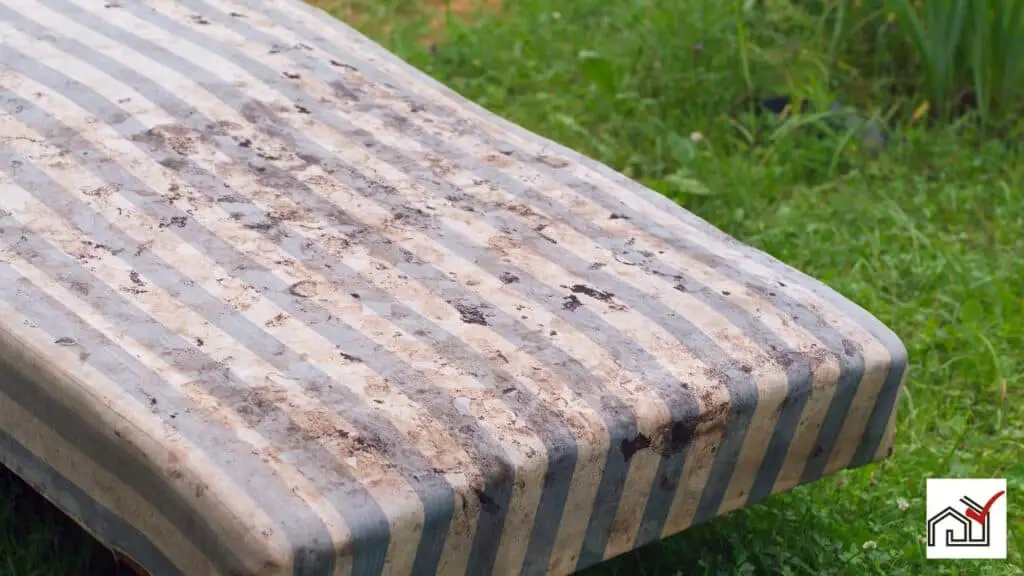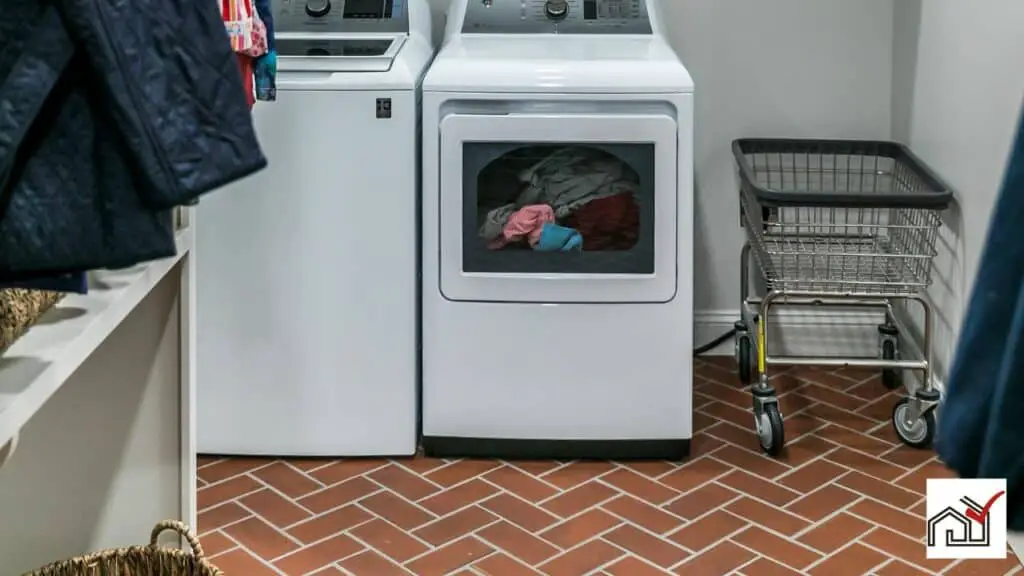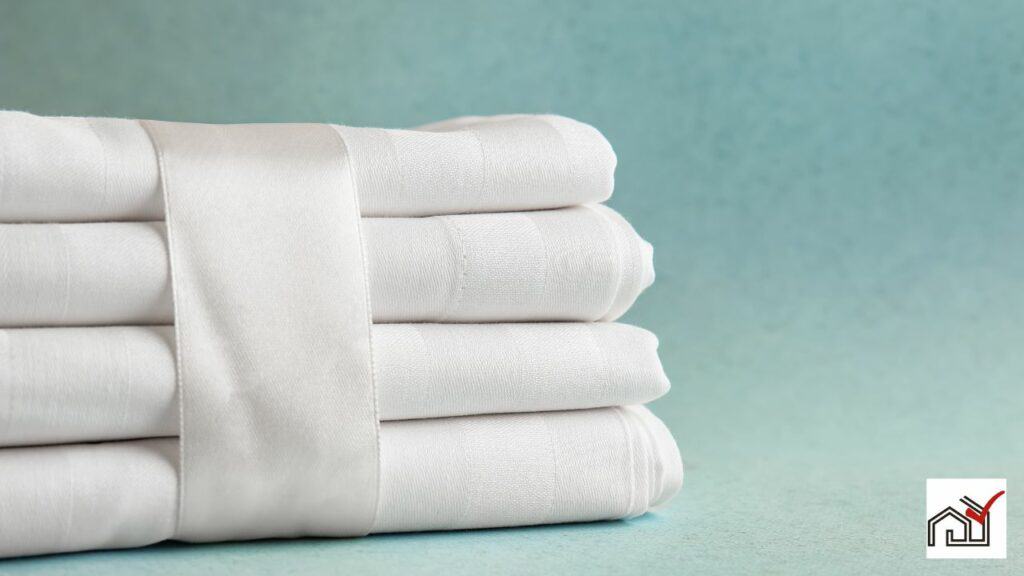Replace a box spring every 8 to 10 years. The exact timing varies based on its quality, the weight it bears, and how often it's used. Signs that you need a new box spring include sagging, creaking, or a damaged frame.
While regular upkeep can prolong its lifespan, pay attention to wear and follow the manufacturer's recommendations to ensure it works well with your mattress.
Understanding Box Spring Lifespan
Box springs have varying lifespans. High-quality box springs can last over 20 years, while average ones may last around 10 years.
To determine if a box spring needs replacing, consider its age and wear signs, such as creaking, sagging, or uneven support.
Over time, a box spring may deteriorate, leading to discomfort or poor sleep. If these issues arise, it's time to get a new box spring. Regular checks can help identify when a box spring is nearing the end of its usefulness. If you notice it's less rigid or has indentations, it may no longer support the mattress properly. People with box springs over a decade old should think about replacement to avoid sudden sleep disruptions.
Signs of Box Spring Wear
Recognizing signs of wear on your box spring is important for maintaining mattress support and sleep quality. A deteriorating box spring can show signs such as cracks, tears, bowing, bending, or creaking, indicating it may need replacement. Damage to the box spring can also affect the comfort and longevity of the mattress.
An old box spring may not support the mattress well, especially if it has metal coils that have weakened or deformed. Mattresses typically require a solid and flat surface, and a damaged foundation with torn covers or broken grids is inadequate. Sagging areas or gaps in the bed suggest the springs have lost tension.
Regularly check your box spring for these signs to avoid sleep disturbances. Neglecting these signs can cause discomfort and back pain. Replacing a worn box spring can help maintain the necessary support for quality sleep.
Impact of Sleep Quality
Good box spring support is critical for quality sleep, which affects daily function and long-term health. A sturdy box spring helps maintain the condition of the mattress, providing a comfortable sleep. An old or broken box spring may cause discomfort and lead to unnecessary mattress replacement, as the real issue is with the box spring.
The mattress and box spring work together to support sleep. If the box spring is failing, the mattress can become misshapen, leading to uneven support and discomfort. Foam mattresses need a solid base, and traditional box springs might not be suitable. Alternatives like platform beds or foundations designed for foam mattresses can offer better support.
It's important to regularly check your box spring for signs of wear, such as sagging or noise. If these signs are present, replacing the box spring is advisable to maintain a good sleeping environment and overall well-being. Keeping the box spring in good condition extends mattress life and improves sleep quality.
Proper Box Spring Maintenance
Maintaining your box spring is important for prolonging its life and maintaining mattress support. Regular cleaning is essential to remove dust and allergens. Vacuum the surface and crevices of a wooden or metal box spring, and spot clean any fabric covers. Keep the room dry to prevent mold.
Check wooden frames for cracks or splintering and metal frames for bends or rust. If these issues are found, you may need to replace the box spring.
Rotate the box spring every three to six months to evenly distribute wear and prevent sagging. This helps keep the foundation supportive, contributing to better sleep quality.
Choosing a Replacement Box Spring
When selecting a new box spring, it is important to evaluate the condition of your current box spring. If it has a torn cover or a damaged structure, replace it.
Ensure compatibility with your mattress to maintain comfort and support.
Consider the type of mattress you own. Memory foam mattresses often require solid support systems, unlike innerspring mattresses that can use traditional box springs with metal coils.
Choose a box spring or foundation that matches the support level needed for your sleeping position.
Check the warranty of your mattress. Some warranties are only valid with a matching box spring or approved foundation. This is crucial to avoid issues with warranty claims later.





